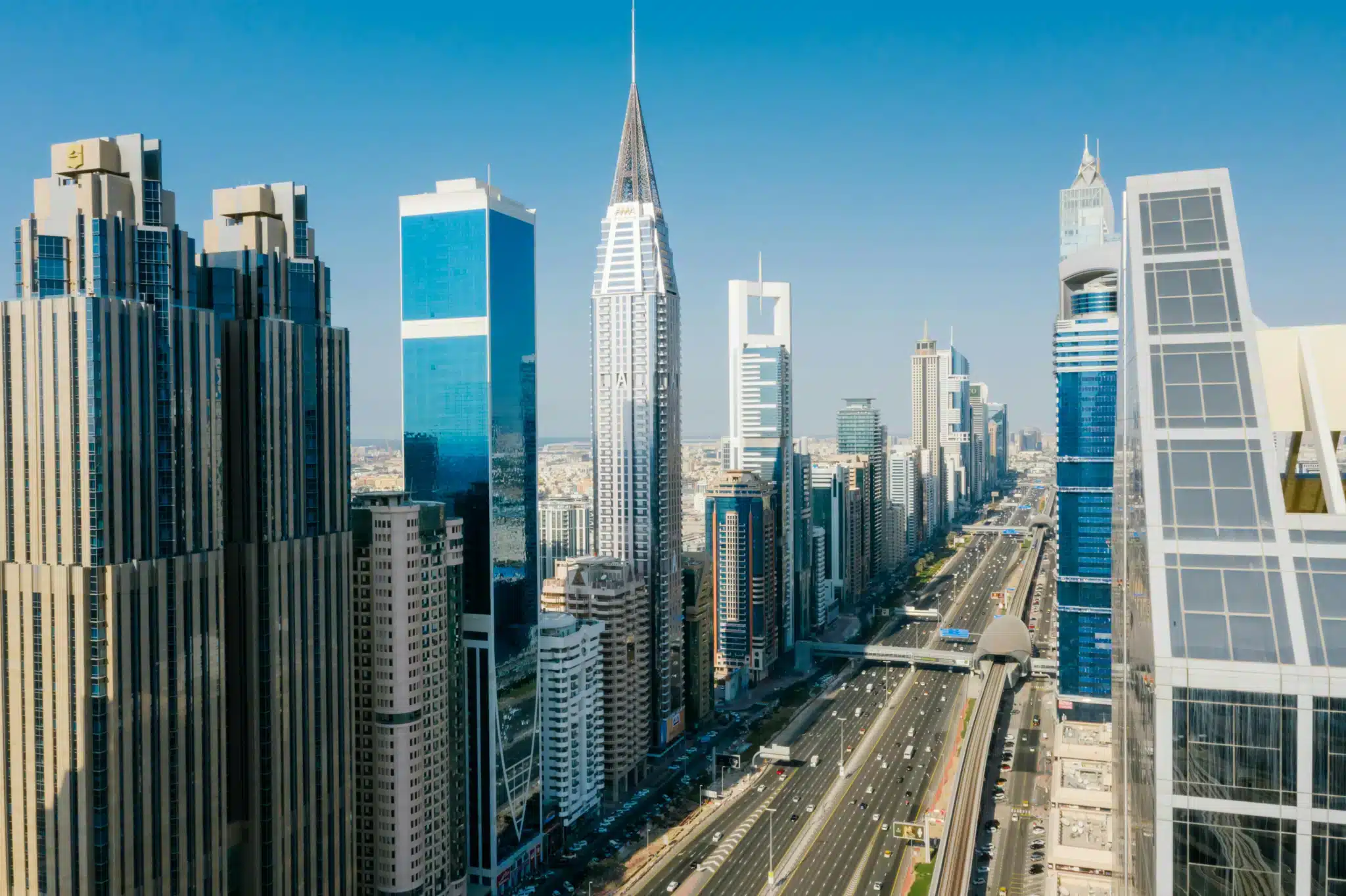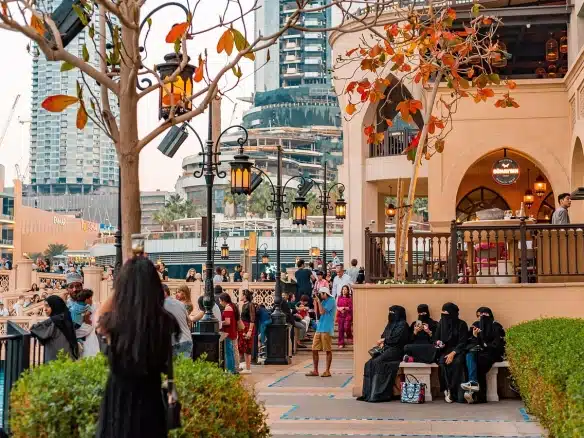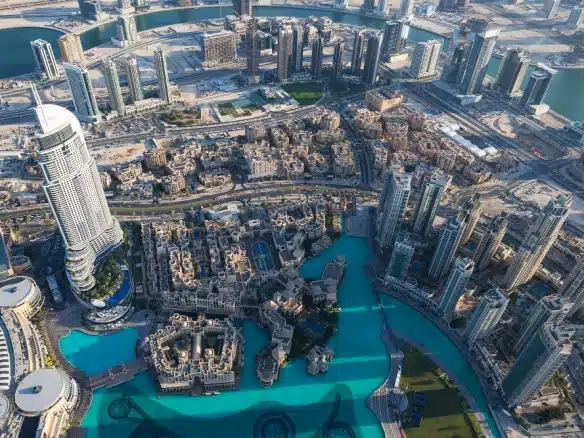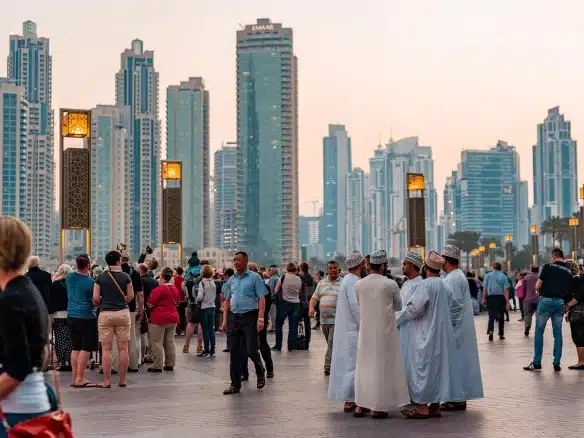تواصل دبي ترسيخ مكانتها كعاصمة عالمية للعقارات الفاخرة، حيث يجتمع النمو المتسارع مع أسلوب الحياة الراقي والبيئة الاستثمارية الجاذبة. ومع دخول عام 2025، يتجه المزيد من المستثمرين إلى الإمارة بحثًا عن الأمان المالي والعائد المجزي، في وقت تعاني فيه أسواق عالمية أخرى من تباطؤ واضح.
لماذا يتفوق سوق العقارات الفاخرة في دبي؟
- طلب عالمي قوي مقابل عرض محدود
- عدد الوحدات الفاخرة الجديدة قليل جدًا مقارنة بحجم الطلب.
- معظم المشاريع قيد الإنشاء لم تتجاوز 20% من مراحل البناء.
- وصول آلاف الأثرياء الجدد سنويًا يعزز الضغط الشرائي ويرفع الأسعار.
- مناطق أيقونية تقود السوق
- نخلة جميرا: الفلل المطلة على البحر ارتفعت قيمتها بنسبة 10% منذ بداية العام.
- تلال الإمارات: ما يُعرف بـ “بيفرلي هيلز دبي”، حيث تُباع القصور بمئات الملايين.
- جزيرة جميرا باي: جزيرة الأثرياء مع عقارات تحمل علامات تجارية مثل بولغري.
- بيئة استثمارية بلا منافس
- لا ضرائب على الدخل أو الأرباح العقارية.
- الملكية الكاملة للأجانب في معظم المناطق.
برامج الإقامة الذهبية تجذب المستثمرين الباحثين عن الاستقرار طويل الأمد
اتجاهات الأسعار والعوائد
- شقق وسط مدينة دبي المطلة على برج خليفة تحقق عوائد إيجارية تصل إلى 6%.
- عقارات دبي مارينا تقدم توازنًا مثاليًا بين الإيجار المرتفع (5–7%) وأسلوب الحياة العصري.
- الفلل الفاخرة في تلال الإمارات وجزيرة جميرا باي تحقق مكاسب رأسمالية أكبر على المدى الطويل بسبب محدودية المعروض.
من هم أبرز المستثمرين؟
- الهنود في الصدارة بحثًا عن ملاذ آمن بعيدًا عن تقلبات العملة المحلية.
- البريطانيون نظرا للتضخم وأسعار الفائدة المرتفعة في بلدهم.
- المستثمرون الصينيون والسعوديون يركزون على الفيلات الفاخرة والعقارات الجاهزة.
- الروس يرون في دبي ملاذًا ماليًا يحمي أصولهم في أوقات المستجدات الصعبة.
نصائح عملية للمستثمر الذكي
✔ اختر مواقع ذات معروض محدود مثل نخلة جميرا وتلال الإمارات لضمان ارتفاع القيمة.
✔ إذا كنت تبحث عن دخل إيجاري ثابت، ركّز على وسط دبي أو دبي مارينا.
✔ استعن برهن عقاري بسعر ثابت قبل أي زيادات محتملة في أسعار الفائدة.
✔ تجنّب شراء وحدات في مناطق تعاني من تخمة في الشقق المتوسطة.
الخلاصة
ما يميز دبي ليس فقط الأبراج والقصور، بل مزيج فريد من الأمان، العوائد المجزية، ونمط الحياة العالمي.
سواء كنت تبحث عن منزل فاخر على البحر أو عقار يدر دخلاً ثابتًا، فإن عام 2025 يقدم فرصًا استثنائية للمستثمرين الذين يتحركون بخطوات محسوبة.
هل تفكر في دخول سوق العقارات الفاخرة؟ تواصل معنا Vista Oasis لنرسم معك أفضل خطة استثمارية تناسب أهدافك.




